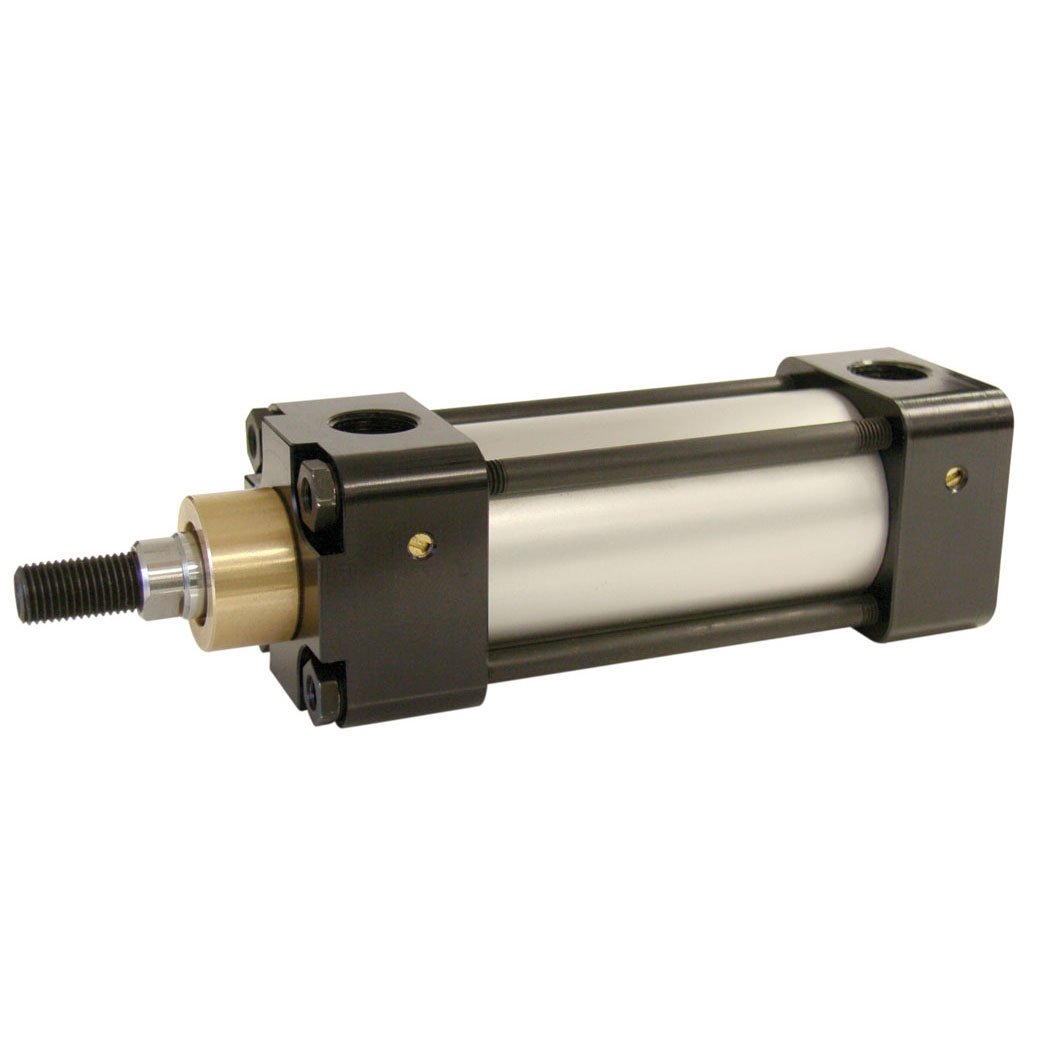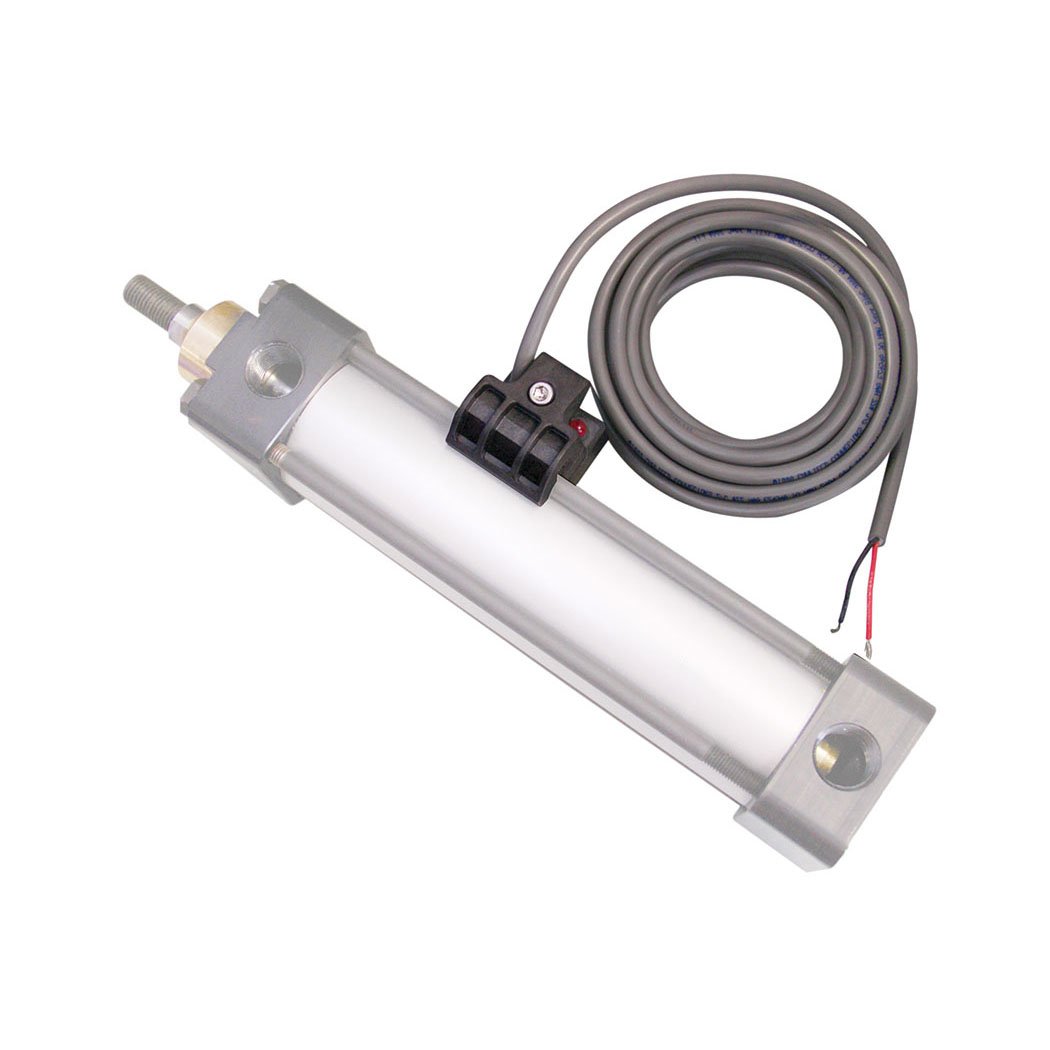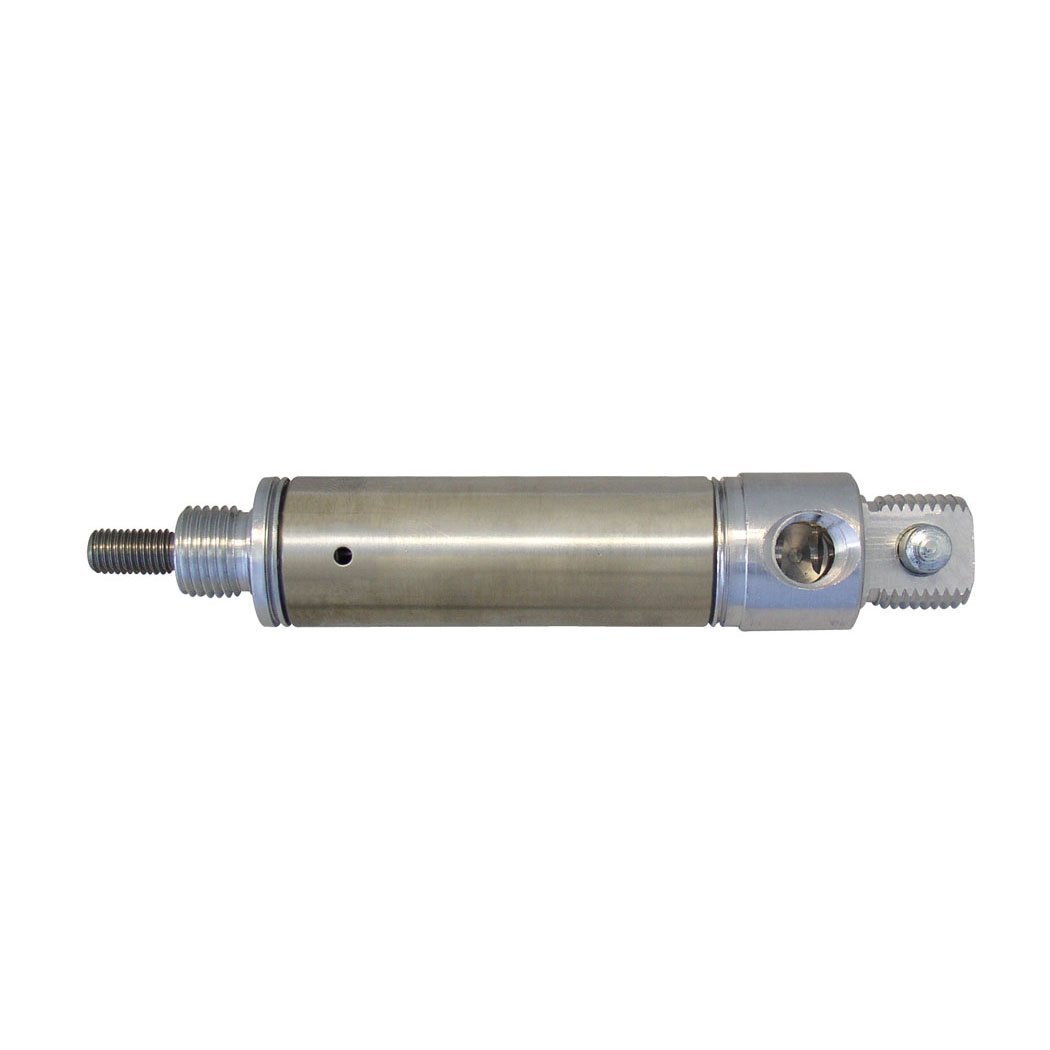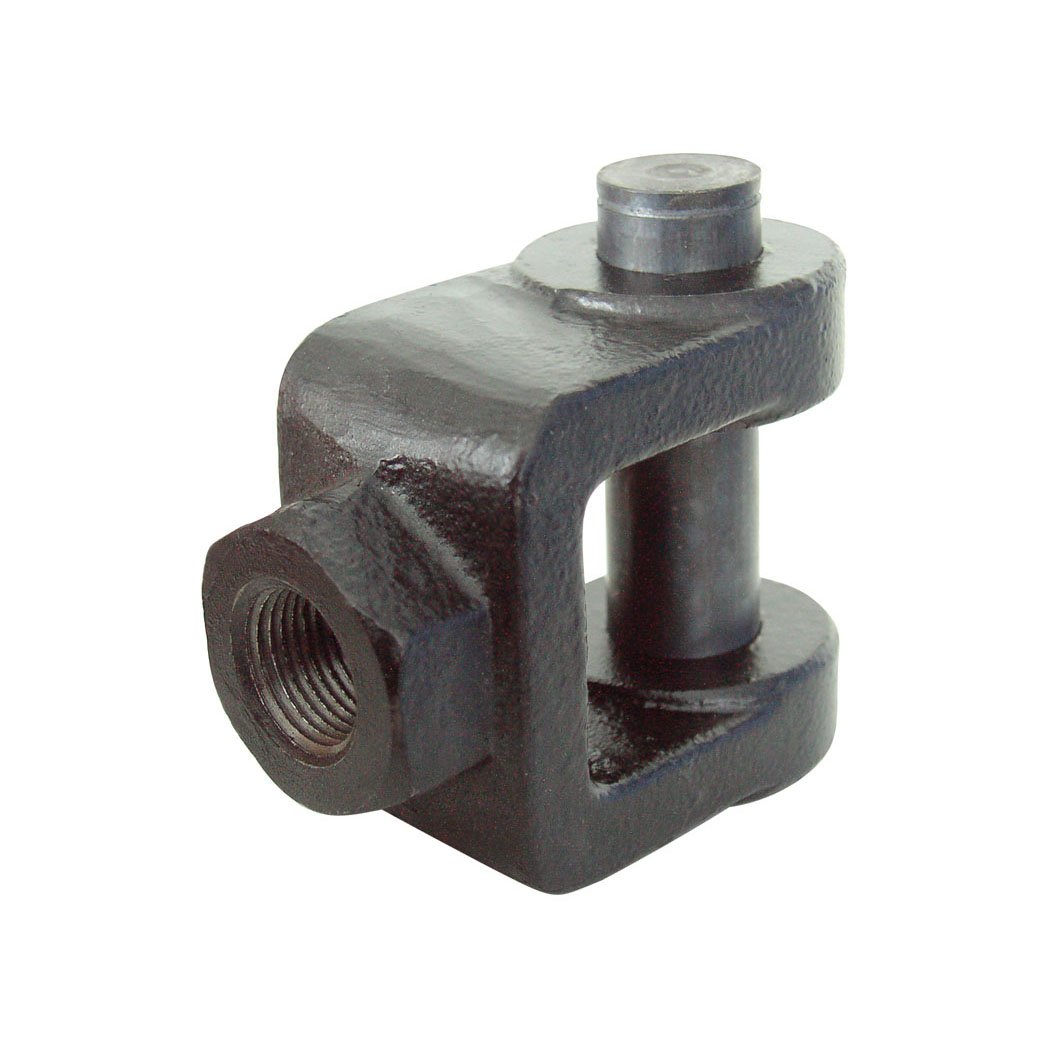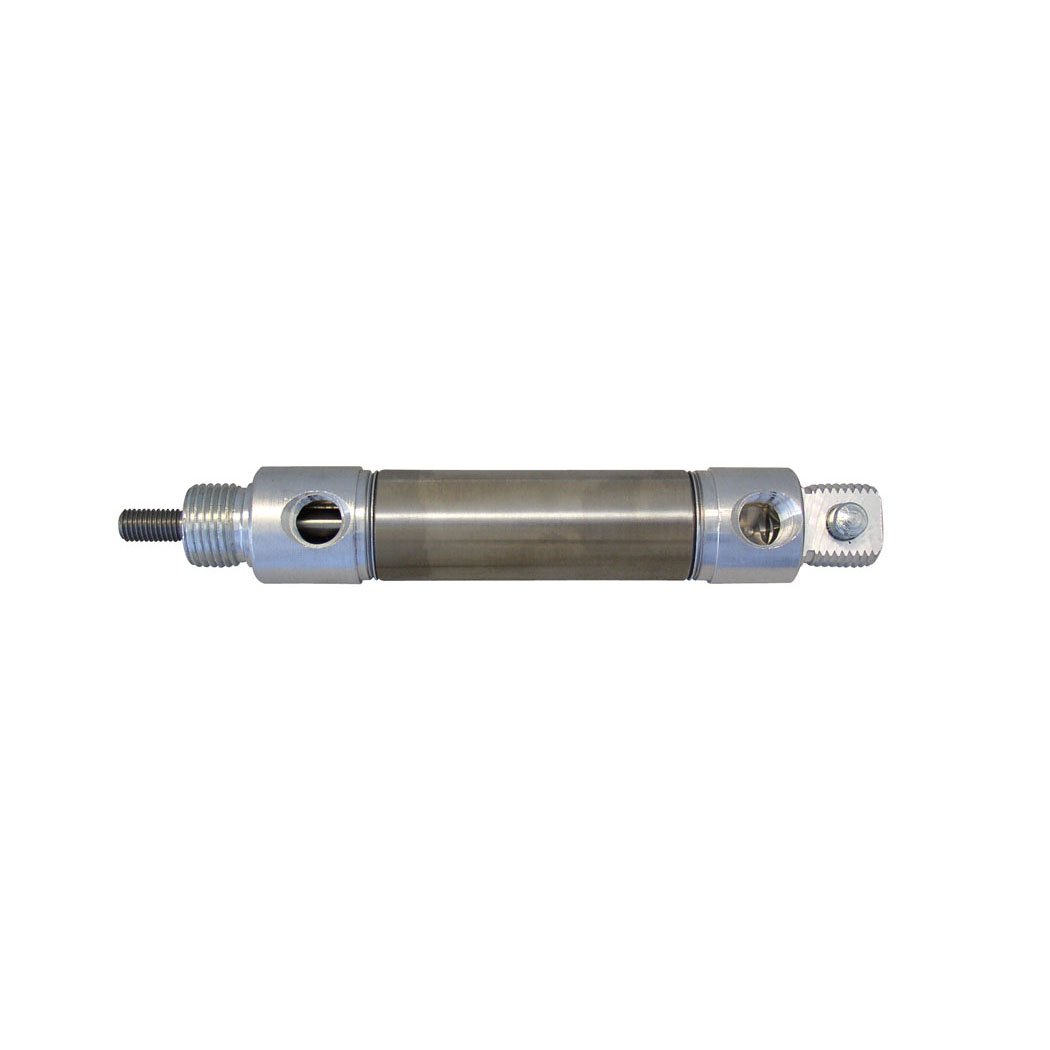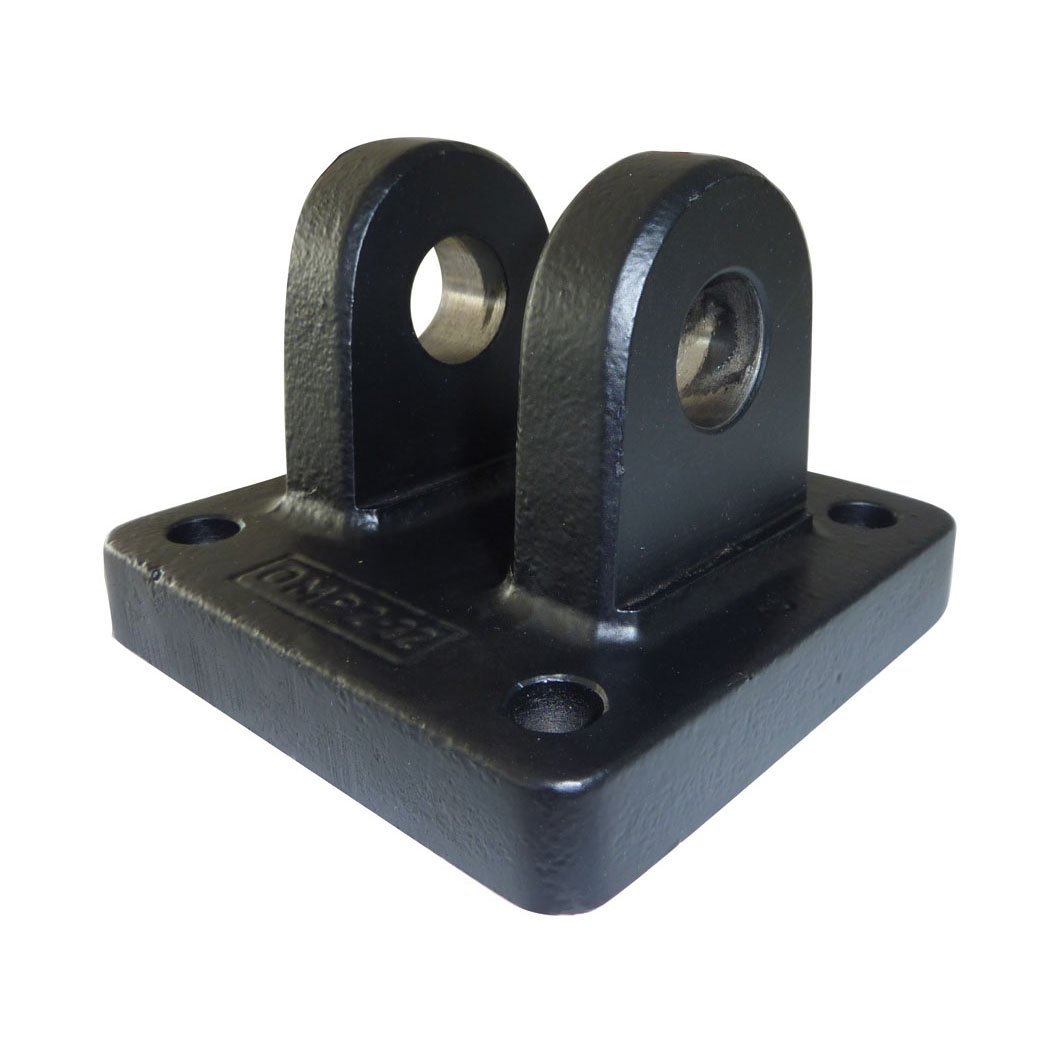Cylindres
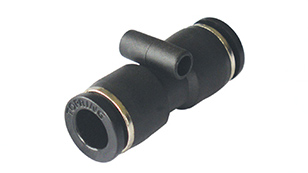
- …
Comment éviter les erreurs lors du choix des vérins pneumatiques
Pour choisir le bon vérin pneumatique, il faut tenir compte de plusieurs facteurs critiques afin de garantir des performances et une efficacité optimale. Il n'existe pas de critère unique, mais plusieurs facteurs doivent être évalués. Ce guide vous aidera à faire le bon choix pour votre application.
Longueur de course
Il est important de comprendre les exigences de votre application pour déterminer la distance précise à laquelle le vérin doit s'étendre et se rétracter pour accomplir efficacement les tâches qui lui sont confiées.
Mesurez avec précision : mesurez de la position entièrement rétractée à la position entièrement déployée, en tenant compte de l'espace supplémentaire nécessaire pour les raccords, les coussins ou les marges de sécurité.
Évitez de sous-estimer : une longueur de course insuffisante peut entraîner des mouvements incomplets ou des inefficacités opérationnelles.
Éviter la surestimation : la sélection de longueurs de course excessives peut augmenter les coûts et la taille inutilement, ce qui affecte l'efficacité globale du système.
PSI
Calculer la pression requise en fonction de la force nécessaire pour déplacer la charge et surmonter la résistance. En règle générale, il convient d'adapter la pression aux besoins de l'application.
Tenir compte de la capacité du système : s'assurer que la bouteille, les vannes et les autres composants peuvent supporter en toute sécurité la pression spécifiée sans compromettre les performances ou la sécurité.
Éviter une pression insuffisante : une pression insuffisante peut entraîner un fonctionnement lent et l'impossibilité d'atteindre les niveaux de force souhaités.
Éviter une pression excessive : une pression trop élevée peut entraîner un manque d'efficacité énergétique, une usure accrue des composants et des risques potentiels pour la sécurité.
Taille de l'alésage
Choisir en fonction des exigences de force et de vitesse. Choisissez une taille d'alésage qui équilibre les besoins de force (alésage plus grand) et de vitesse (alésage plus petit).
Applications à alésage réduit : Convient aux applications nécessitant moins de force, mais plus de vitesse et de précision, telles que l'assemblage électronique, la manutention légère et l'automatisation à petite échelle.
Applications à alésage moyen : Ce type d'outil est idéal pour les applications industrielles générales nécessitant un équilibre entre force et vitesse, telles que les machines d'emballage, l'assemblage automobile et l'automatisation à moyenne échelle.
Applications à grand alésage : Ces outils sont utilisés dans les applications lourdes nécessitant une force importante, tels que les machines lourdes, la manutention à grande échelle et l'automatisation industrielle.
Types de montage
Évaluez vos besoins en matière d'installation. En fonction de la facilité d'installation et des exigences de montage spécifiques, Topring propose deux options : le montage par le nez et le montage universel.
Cylindres à montage par l'avant
Les vérins sont montés par un nez fileté à l'avant et sont simples et rapides à installer.
Cylindres à montage universel
Les vérins dotés de plusieurs options de montage offrent une grande souplesse dans les positions d'installation, y compris le montage à l'avant et à l'arrière.
Simple action ou double action
Déterminez si votre application nécessite une force dans une direction (simple action) ou dans les deux directions (double action).
Les vérins à simple effet conviennent pour des tâches telles que le serrage ou le maintien, tandis que les vérins à double effet permettent un contrôle précis des mouvements bidirectionnels.
Conclusion
Vous pouvez éviter les erreurs courantes lors de la sélection des vérins pneumatiques en évaluant soigneusement la longueur de course, les exigences PSI, la taille de l'alésage, les types de montage et les types d'action. En consultant des experts en pneumatique, en calculant précisément les spécifications et en effectuant les tests nécessaires, vous vous assurez que les vérins que vous avez choisis répondent aux besoins précis de vos applications industrielles, améliorant ainsi les performances globales, l'efficacité et la fiabilité.


